New public art blooms on Krentzman Quad, will add color and bring ‘radical joy’ to Northeastern’s Boston campus
Artist Cicely Carew says “Rooted” will “inspire wonder and allow for enchantment” with its colorful, playful synthesis of the organic and artificial.
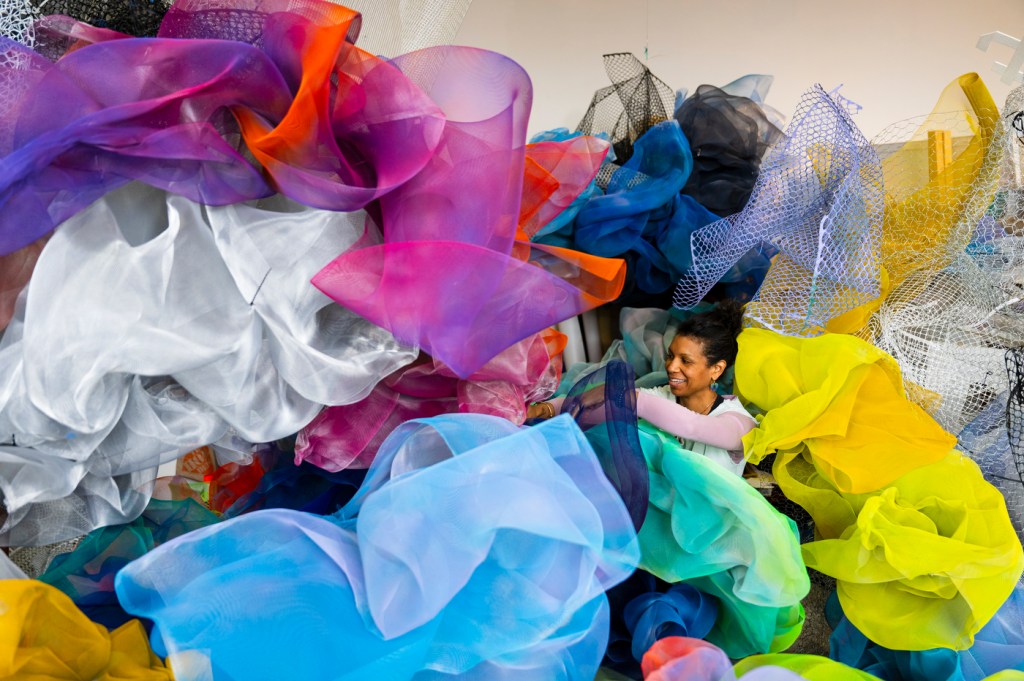
A new public art installation at Northeastern University’s Boston campus will bring even more colorful spring blooms, but they might not be what you expect.
“Rooted,” a new piece from Boston-based artist Cicely Carew, will soon brighten Krentzman Quad on Huntington Avenue with towering flowers made of brightly colored metal, wire and mesh.
The installation melds the organic with the artificial in a blossoming, playful display that Carew hopes will “inspire wonder and allow for enchantment” in whoever sees it, bringing some “radical joy and liberation,” even if it’s momentary.
“Hopefully it allows you to remember the enormity of life and what’s possible and then also bring you back down and underneath this thing that’s saying, ‘I’ve got you,’ rooting you,” Carew says.
The project is the newest piece in Northeastern President Joseph E. Aoun’s Public Art Initiative, which provides a platform for artists to brighten the Boston campus and make it their canvas. Launched in 2014, the initiative has invited artists from around the world to create one-of-a-kind pieces in spaces that are open to the community.
The core of “Rooted” is five multi-colored flowers made out of a variety of garden and construction materials, from the steel stems to the “blooms” made out of mesh, fencing and different kinds of chicken wire. Standing about 15 feet tall, Carew says they evoke an almost hyper-real form of nature, one that draws as much inspiration from actual flowers as they do from the bright, playful, psychedelic world of Willy Wonka.
“I thought of them as these flowers but more like these organisms that are hopefully otherworldly and larger than life that will tower over you,” Carew says. “I want to think of them as blanketing you in this color but [also] wonder, [becoming a] reminder that you’re a part of this landscape that you’re stepping into and to prime you to be available for whatever’s next.”
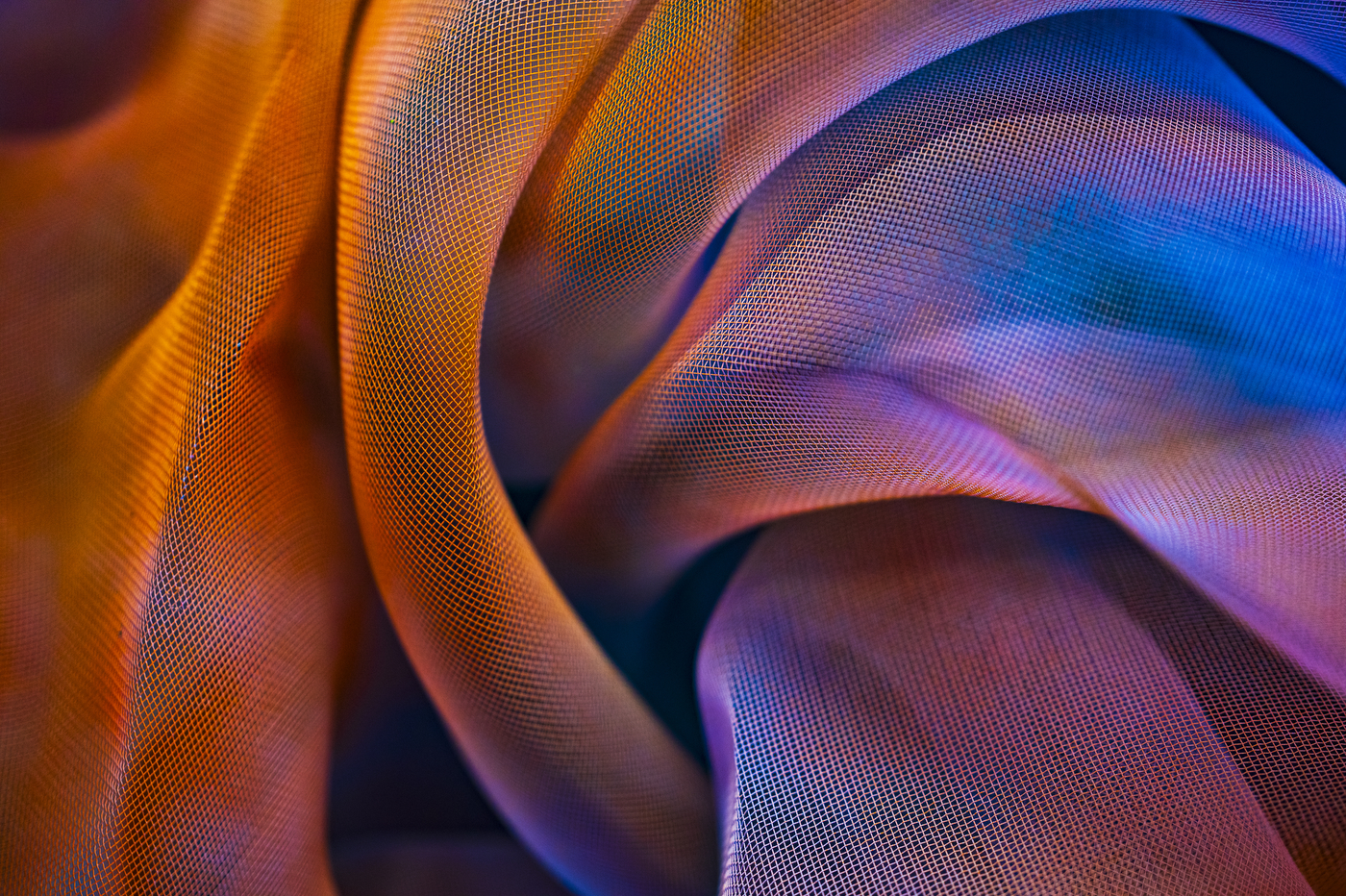
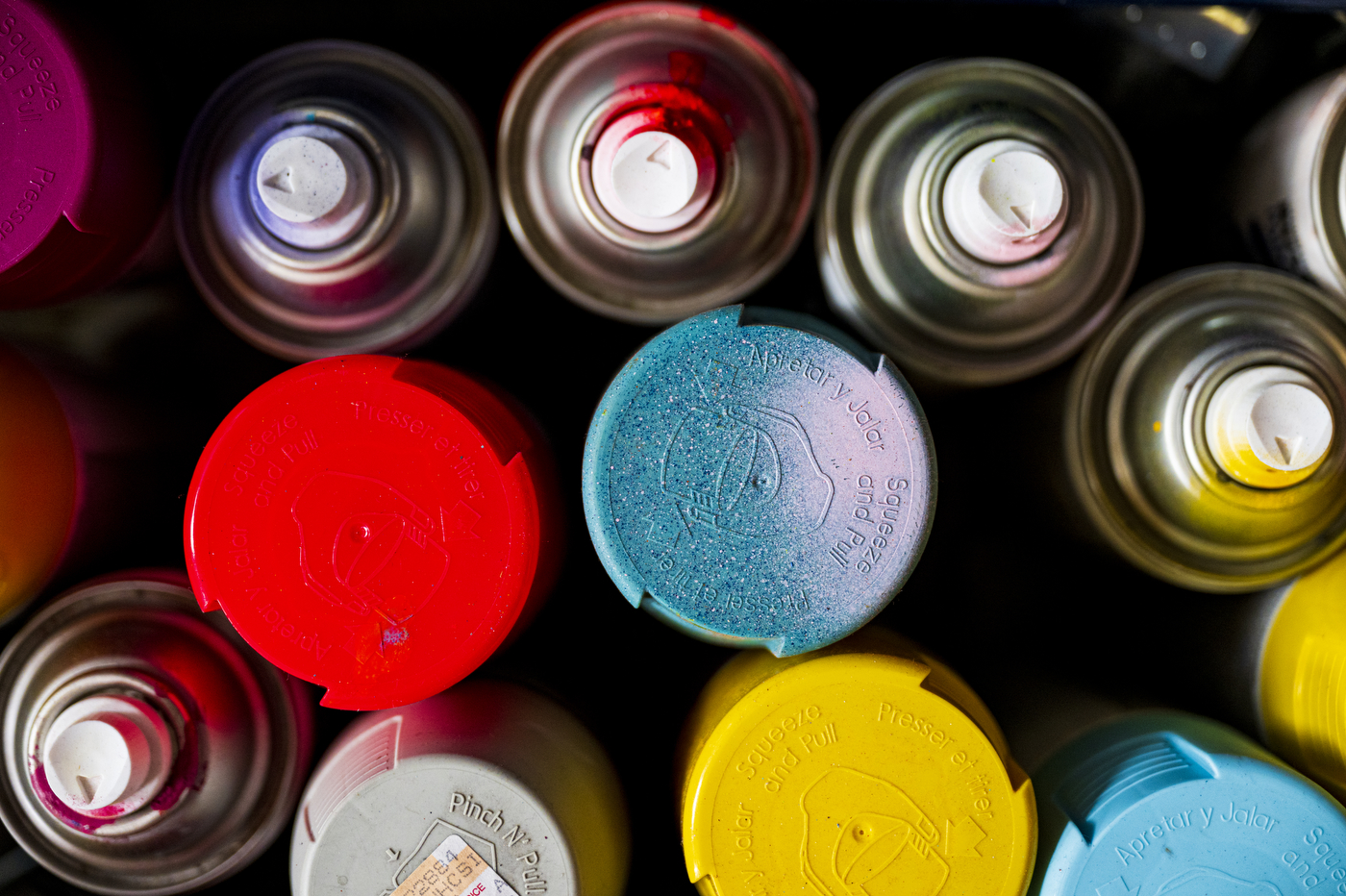

Carew, who is no stranger to Northeastern, having previously done a mural installation on the windows of West Village H, will be installing “Rooted” between April 22 and 26. She is also working with Northeastern to add plantings around the installation, including ivy that will grow and climb up the stems of each flower.
There is a practical element to the materials she’s chosen to work with. The installation will be outside, and the flowers need to be able to withstand the elements. But these materials also resonate with the themes of Carew’s work.
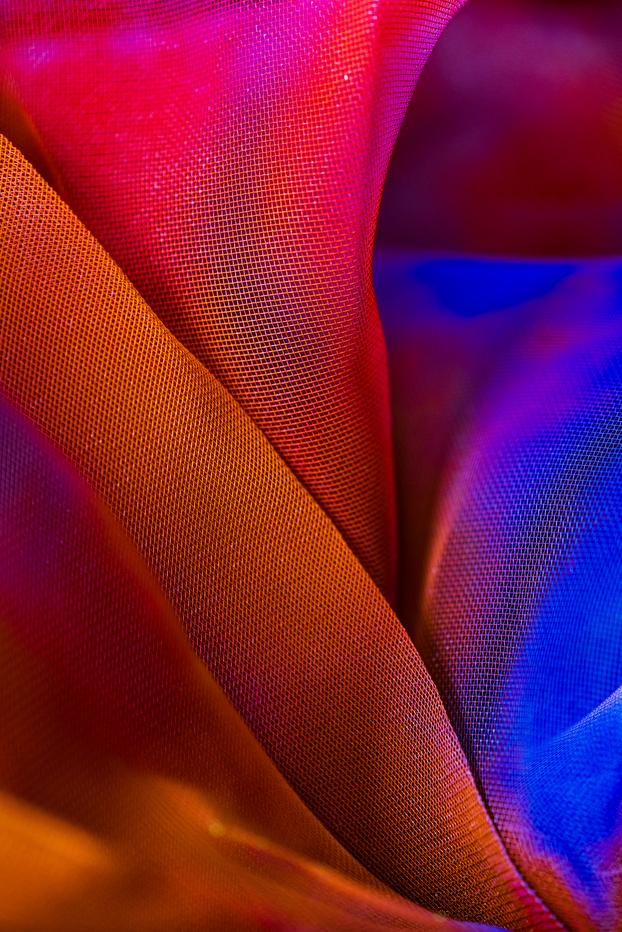
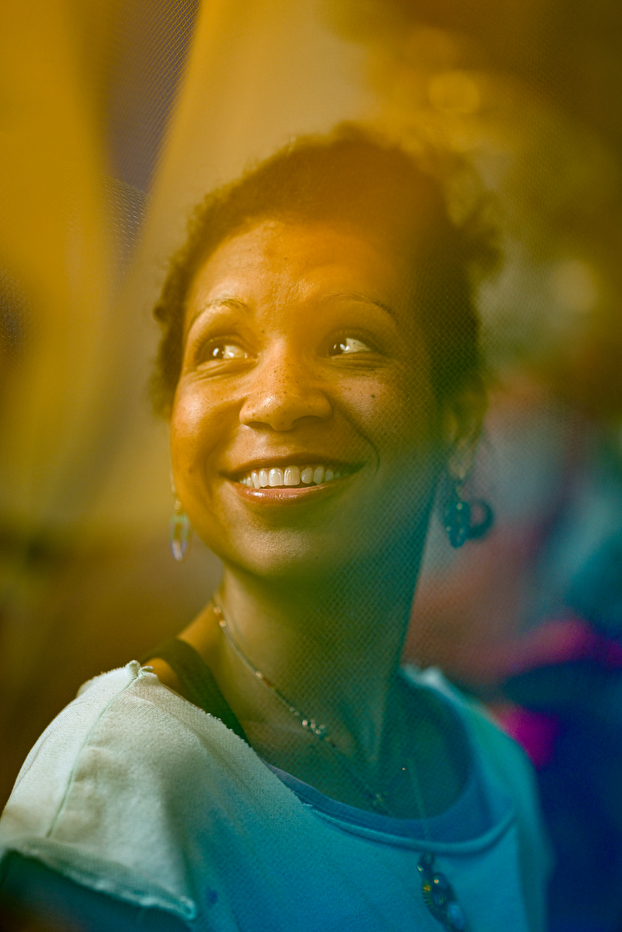
Her abstract art draws inspiration from the beauty of nature but also the hidden beauty of the mundane world around us.
“I like to make what’s ordinary, extraordinary and give attention to these things, these banal things, that we overlook every day and remember there’s magic everywhere, there’s beauty everywhere, especially in these really cold objects that have a utility,” Carew says. “I like that these things are, essentially, not that special, but the part of making art, which is really exciting, is that everything is special.”
Transformation and change are at the center of her work –– it’s why she’s drawn to nature and its cycles of birth, death and rebirth. She doesn’t just work with wire and mesh; time is her medium.
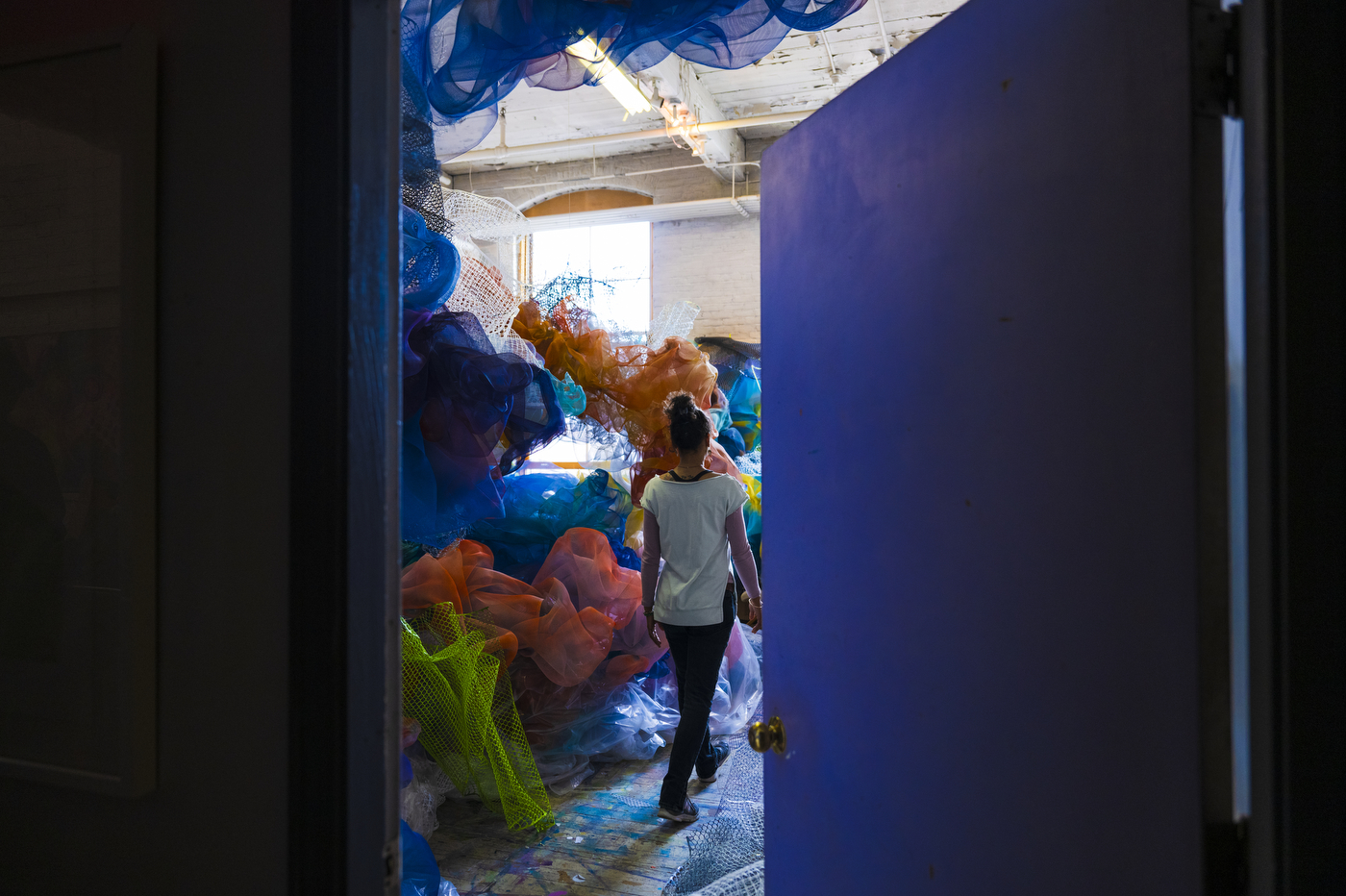
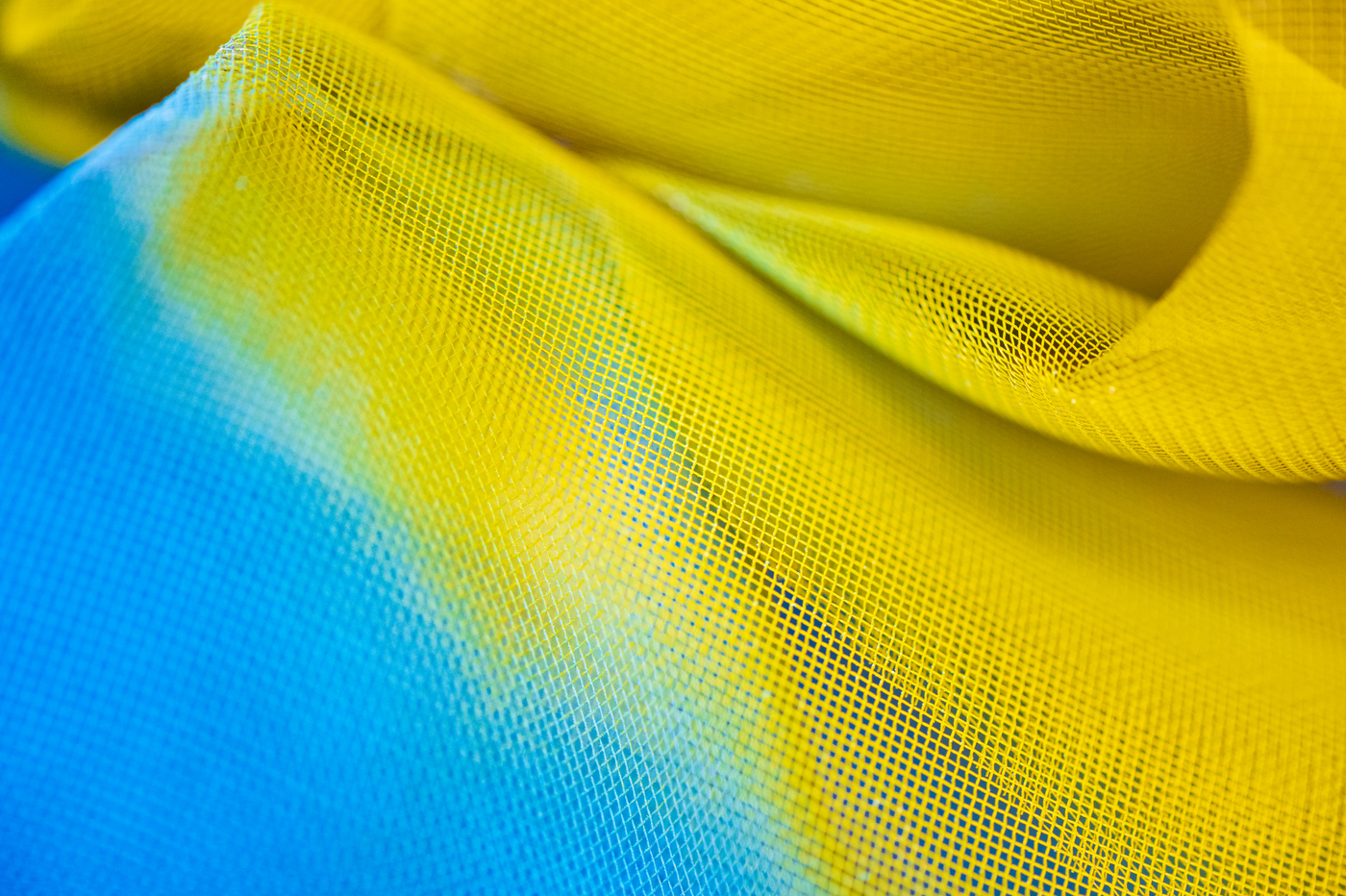
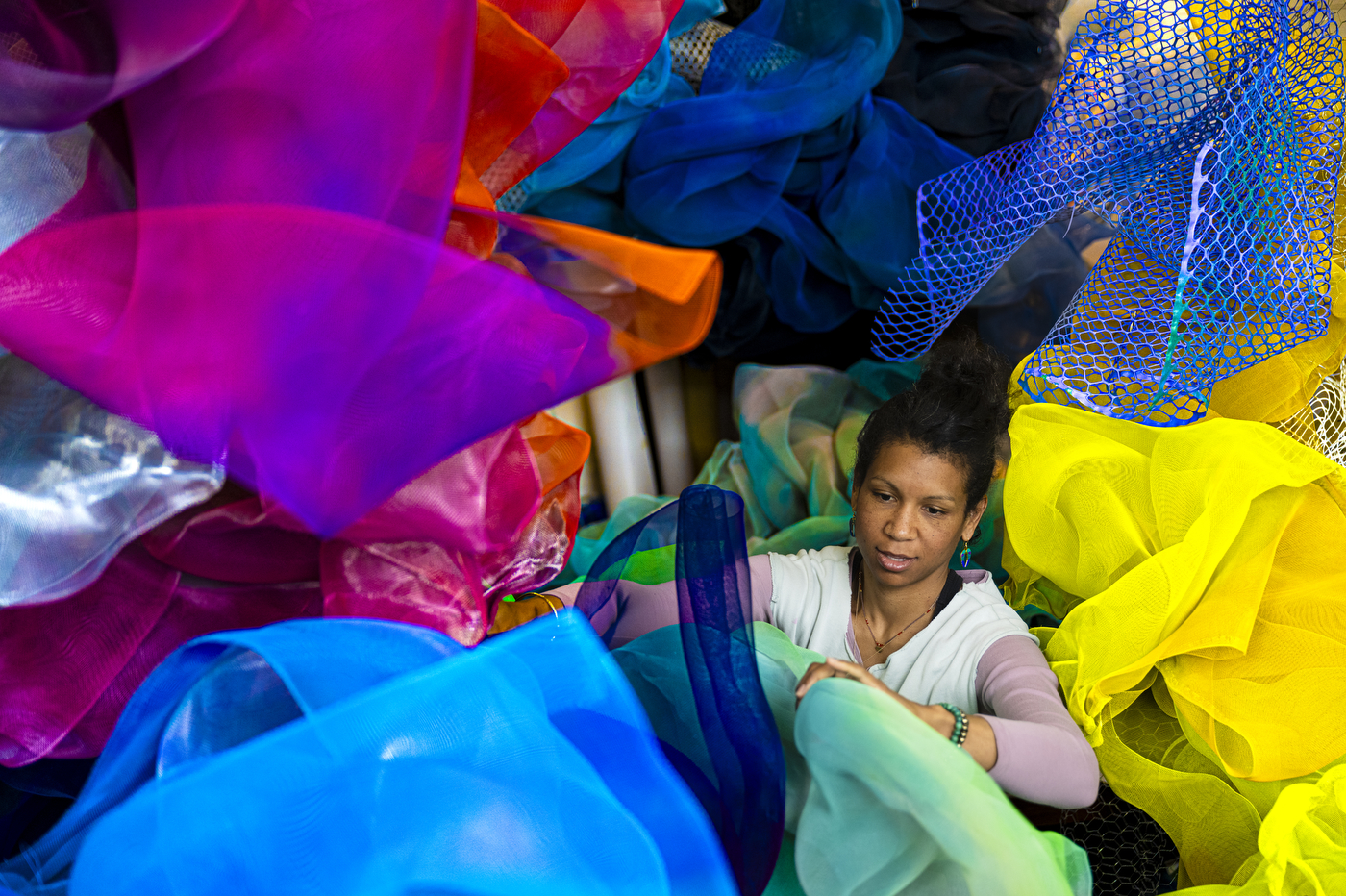
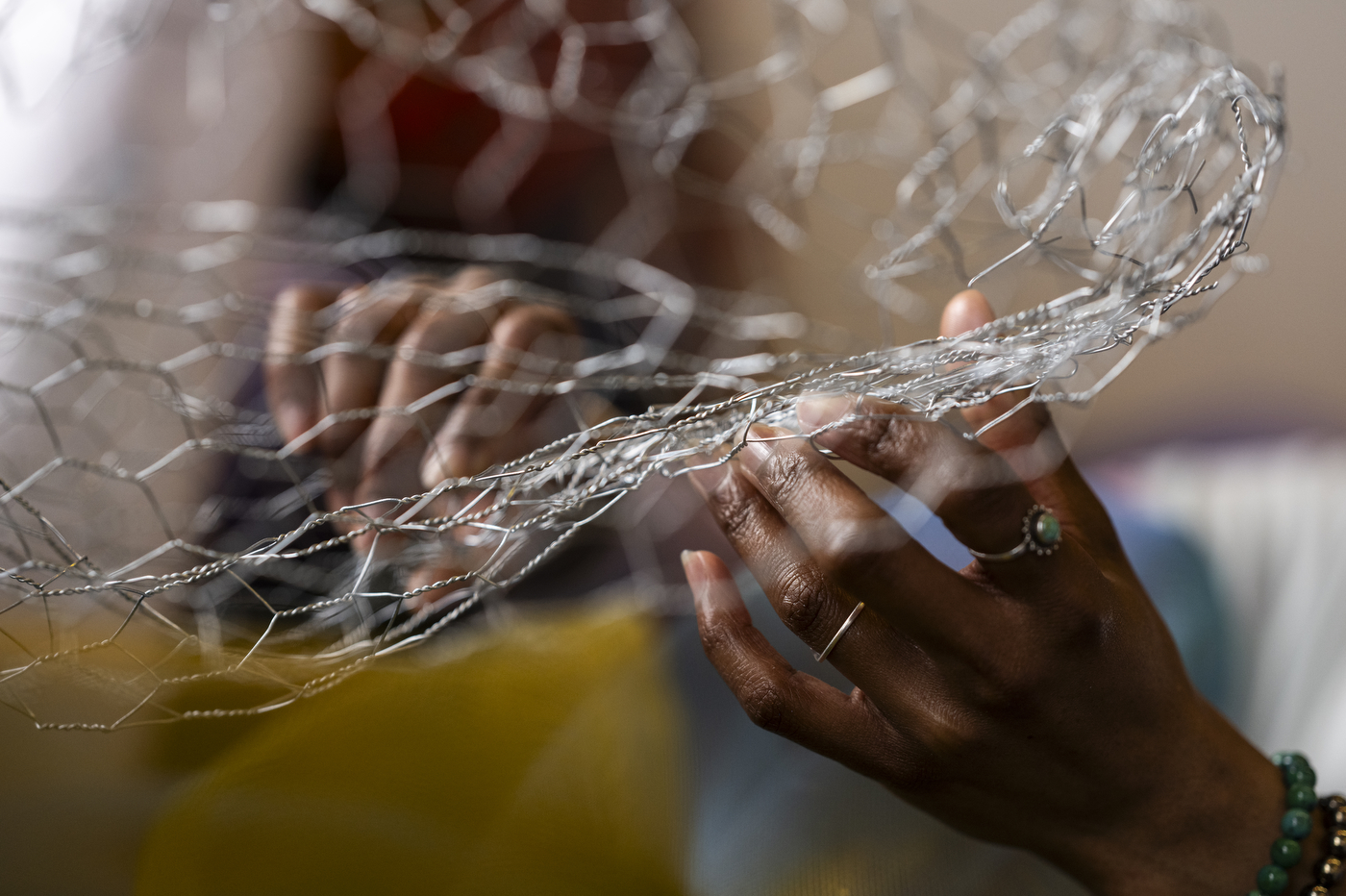
Whenever someone walks by and looks up at the flowers that make up “Rooted,” Carew says she hopes they are thrust into a moment that is unique to them. It won’t happen again, and if it does, that person will be different, even in small ways, than they were before. In that way, the flowers are “giant time capsules,” she says, and perfect for a university campus where students are constantly learning, growing and changing.
It’s all part of the power of public art, Carew says. It engages people who are just going about their daily lives, injecting a moment of beauty, wonder or play that forces them out of what just be another routine moment in their day.
“The hope is that it is attractive to cause any one person, just one person, to pause and just be, feel like, ‘Oh, that was for me,’” she says. “It makes the world more interesting. And I think that it can allow everybody to remember that [art] doesn’t belong to only a certain few; it belongs to everybody.”
“Why not make the world more beautiful if we can?” Carew adds.






